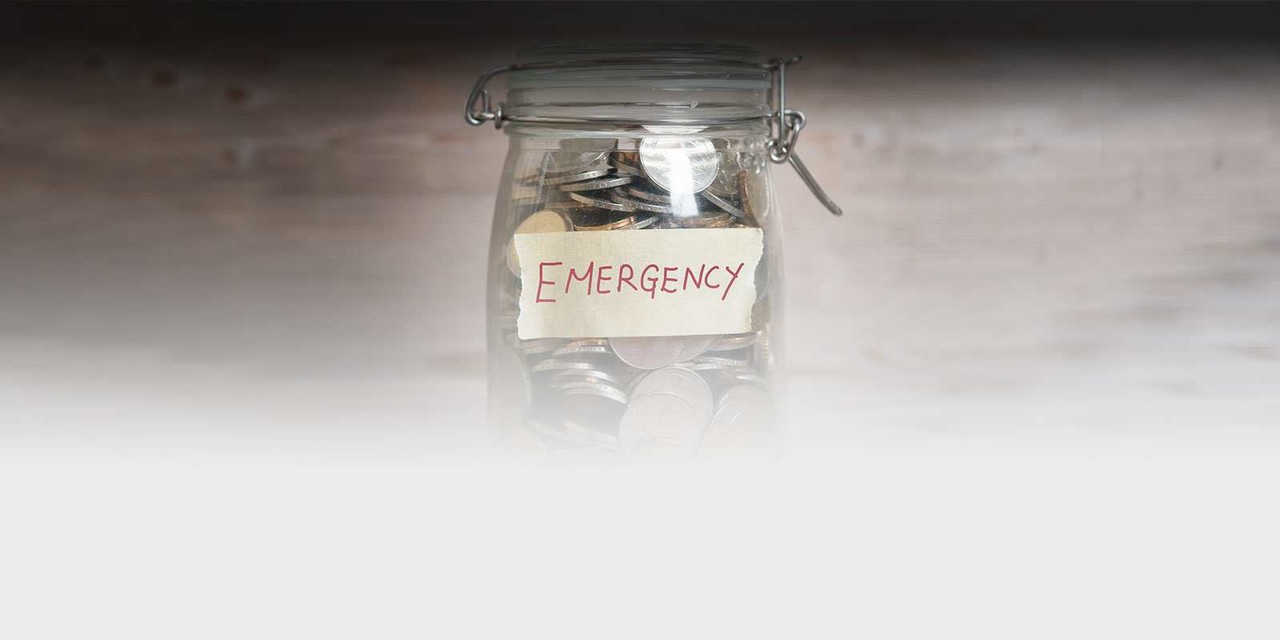
Financial Preparedness Pays
Forty-four percent of Americans do not have $400 on hand to cover an emergency expense. These Americans will be ill-prepared to care for themselves and their families in the wake of a disaster.
I was pleased to join Treasury Secretary Steven Mnuchin and Consumer Financial Protection Bureau Acting Director Mick Mulvaney recently at a public meeting of the Financial Literacy and Education Commission (FLEC). I shared FEMA’s vision for financial preparedness, specifically discussing our efforts to close the insurance gap (the difference between what is currently insured and what is insurable) and individual preparedness activities we are supporting.
You might be surprised to learn that the U.S. currently has the largest insurance gap among all countries globally. Of the total estimated natural catastrophe losses in the U.S. of $55 billion annually, the annual expected uninsured losses total more than $30 billion according to the global reinsurer Swiss Re. This means that more than half of these losses won’t be covered by insurance.
For flood insurance specifically, the insurance gap is even worse. In North Carolina where Hurricane Florence caused catastrophic flooding throughout the state, only three percent of households have flood insurance. FEMA and other federal agencies may provide assistance to those without insurance, but these programs were never intended to replace insurance coverage. FEMA’s average disaster payment is only a few thousand dollars. This is far short of what most homeowners would need to rebuild, yet few understand the limited scope of FEMA’s assistance programs.
We at FEMA have made closing the insurance gap a top priority in our strategic plan. We’re working to simplify flood insurance policies and educate the public on the role all types of insurance play in disaster preparedness. Spend two minutes to watch our video and see why you might need to rethink insurance. I also encourage you to check out my friend Sean Kevelighan’s PrepTalk on Understanding the Value of Insurance – just released today.
To support financial preparedness actions, we have partnered with a nonprofit organization, Operation HOPE, to develop the Emergency Financial First Aid Kit. It’s a toolkit that helps individuals and families organize critical financial, medical, and household information and includes a checklist of important documents and forms to compile your relevant information.
As part of Financial Capability Month in April, FEMA, in partnership with FLEC, led a social media campaign to reach the public with practical and actionable tips and resources to improve their financial future. This reached over 28 million Americans.
As a result, orders for our financial toolkit have doubled, showing people want and need this information. It’s now the most requested item in the FEMA library—more requested than our preparedness materials on hurricanes, earthquakes, and tornadoes.
Of course, financial preparedness isn’t just for adults. If we want to build a true culture of preparedness, it must start with our kids. From the time they get their first allowance, or earn their first paycheck, we should be teaching them about the value of money and the vital importance of saving.
FEMA’s Youth Preparedness Council promotes knowledge and action among high school students. I have been continually impressed with these young adults as they work to change their communities. At this year’s annual summit, one of the participants made a comment that is particularly relevant to our question about what we’re teaching our children. She said, “We are taught that the mitochondria is the power house of the cell, but I am going off to college not knowing how to balance a checkbook or save money.”
We have to do better. The more financially prepared we are as a nation, the more resilient we will be to disasters.
You can watch my remarks at FLEC here (I spoke at 1:01:45).
